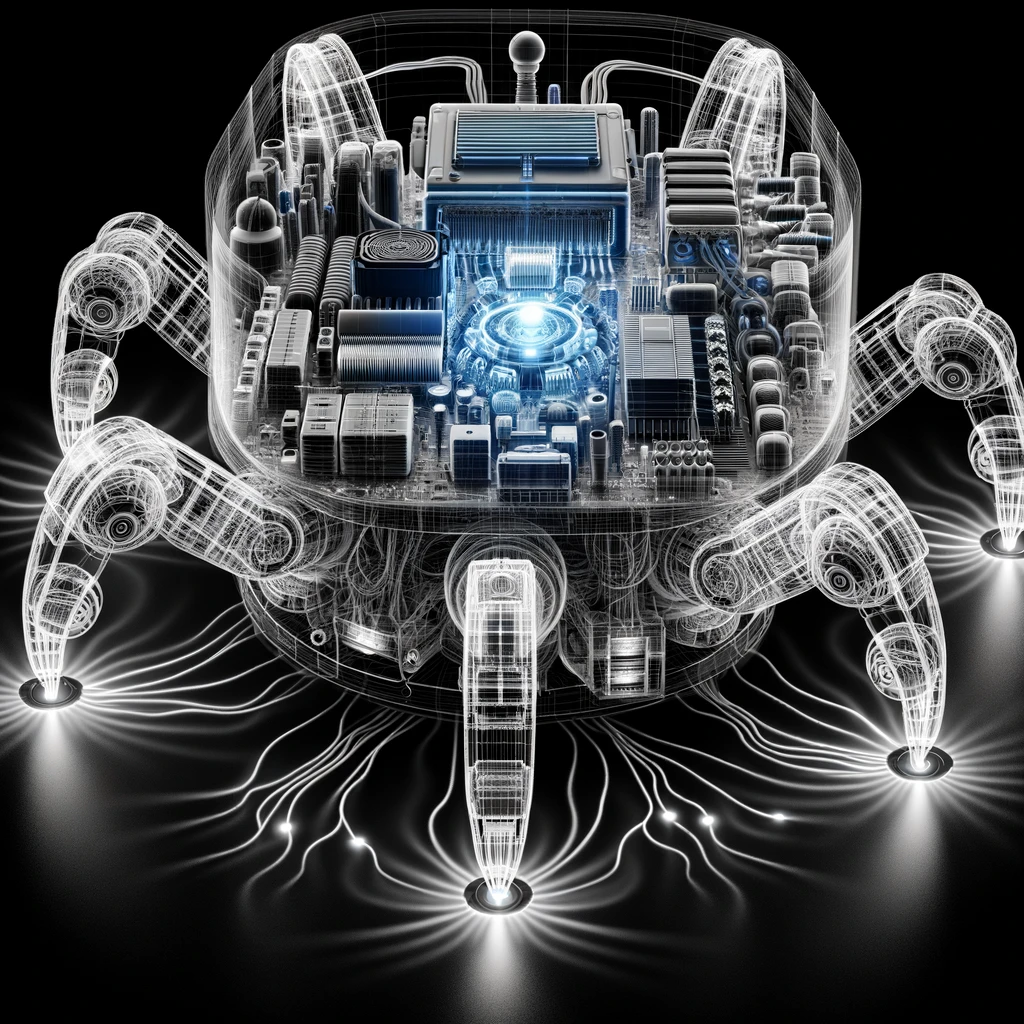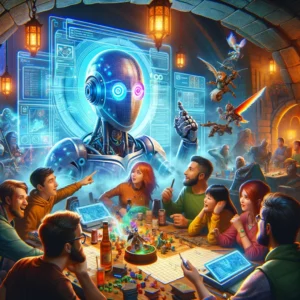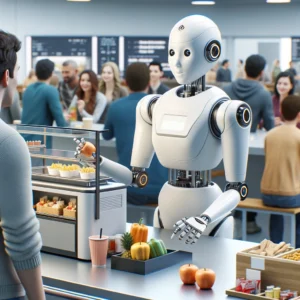
The Singularity Watch Newsletter: Brains before Brawns
In this edition of The Singularity Watch, we’re diving deep into the core of robotics technology—the sophisticated computers that serve as the brains behind the bots. These aren’t your average desktops; they’re robust, compact, and efficient processing units, specially designed to bring our mechanical counterparts to life. More often than not, the most advanced robotics require not just computational power but also significant graphical processing capabilities to drive the complex machine-learning algorithms that allow them to see, learn, and interact with the world.
Compact Powerhouses: Engineering the Robotic Brain
The journey of robotics has pushed the envelope of what’s possible in computer engineering. The processors at the heart of modern robots must withstand extreme conditions, from the vacuum of space to the depths of the ocean. They must be compact enough to fit into slender robotic arms yet powerful enough to process vast amounts of data in milliseconds. These computers are in many ways the limiting factor of the robotics world. As they grow more powerful and compact they may enable machines to perform tasks with precision and intelligence that was once the realm of science fiction.
Heat Management: The Hot Head Problem
In the realm of robotics, the brilliance of computational power comes with its own set of challenges, paramount among them being heat management. As these sophisticated computing units, from processors to GPUs, tirelessly crunch data and execute complex algorithms, they generate substantial heat. This isn’t merely a byproduct; it’s a critical issue that demands innovative solutions. Effective heat management is crucial in designing robotic systems, ensuring that these mechanical marvels operate within optimal temperature ranges to maintain performance and longevity. Engineers employ a variety of strategies, from advanced cooling systems to heat sinks and thermally conductive materials, to keep the robot’s “brain” cool. This delicate balance of power and cooling is a testament to the ingenuity at the heart of robotic design, ensuring that robots can continue to learn, adapt, and work alongside us without overheating their electronic minds.
The Future is Here: Robots That Learn and Adapt
The convergence of robust computing and advanced GPU technology has paved the way for a new generation of robots. These machines are capable of learning from their environment, adapting to new challenges, and performing tasks with a level of sophistication that blurs the lines between human and machine capability. From autonomous vehicles navigating busy streets to robotic surgeons performing delicate operations, the possibilities are endless.
Join the Revolution
As we stand on the cusp of a new era in robotics, The Singularity Watch invites you to explore the cutting edge of technology with us. Subscribe to our mailing list and join our member portal, where you’ll find in-depth articles, exclusive interviews with industry leaders, and detailed tech breakdowns. Our community is a space for curious minds to delve into the innovations that are shaping the future.
Don’t miss out on the opportunity to be part of the conversation. Subscribe to The Singularity Watch today, and together, let’s discover the future of robotics and the incredible technology that powers it.
The future of robotics is not just about the machines we build but the intelligent systems that drive them. As we continue to explore the vast potential of these technologies, The Singularity Watch remains your guide to the innovations that matter. Welcome to our community—where curiosity meets the cutting edge.

